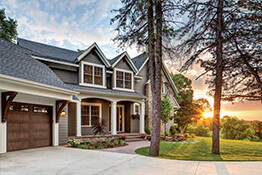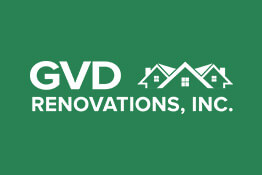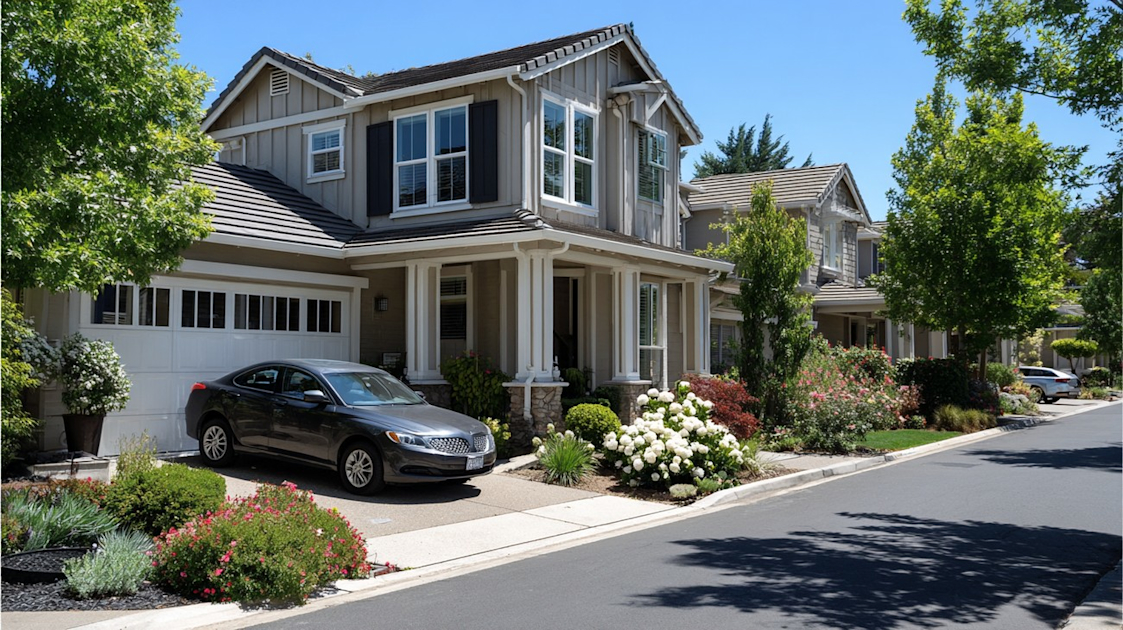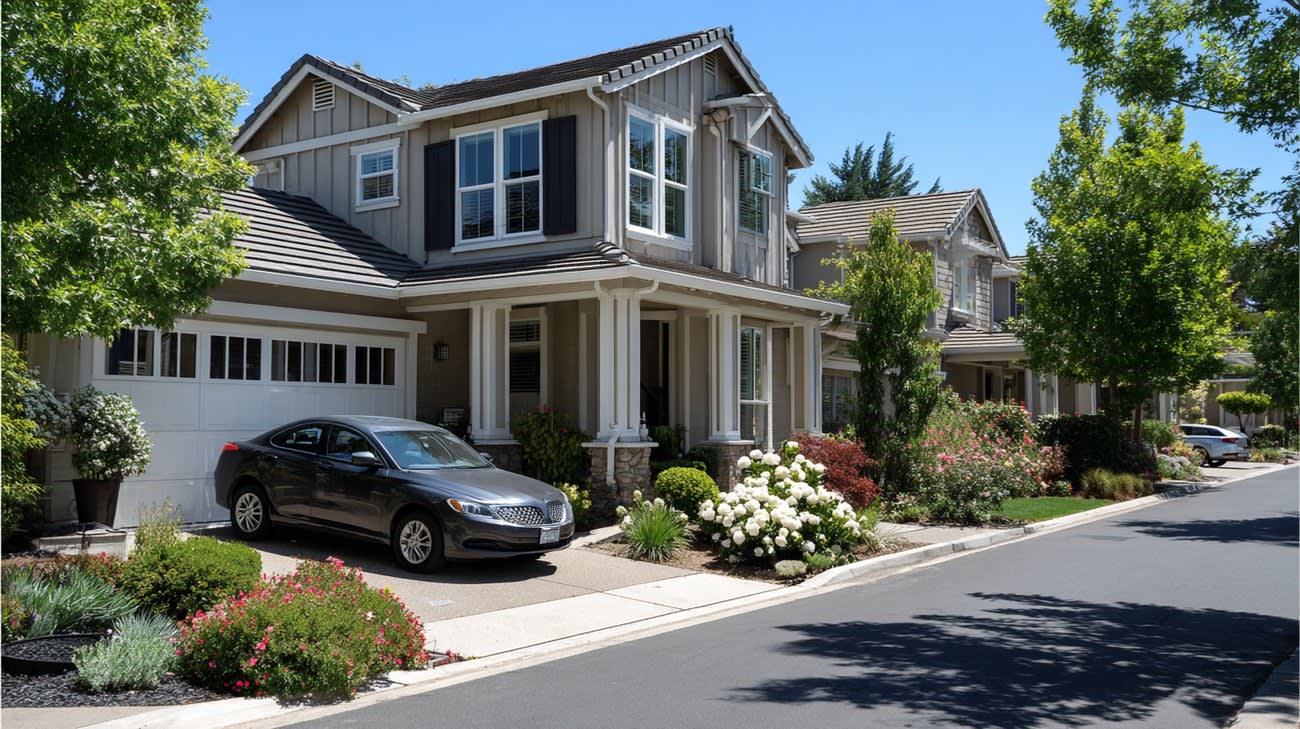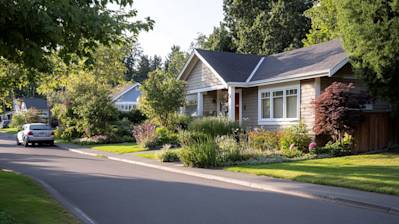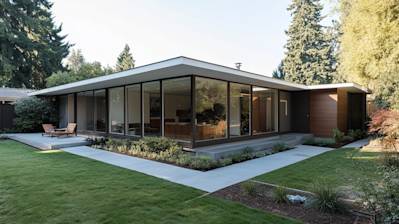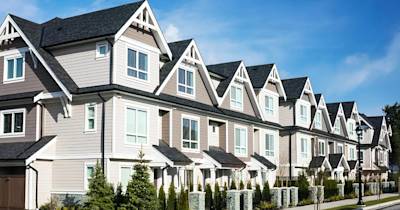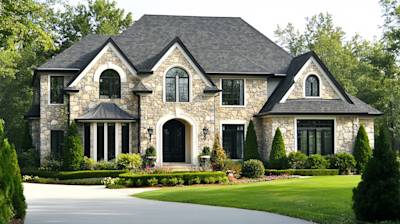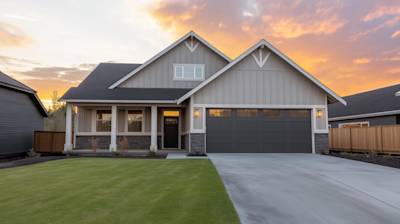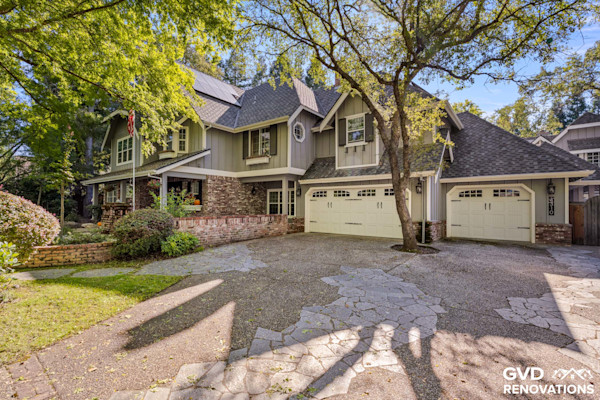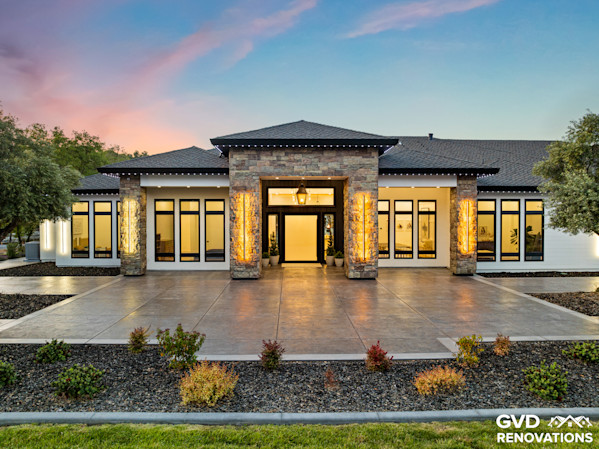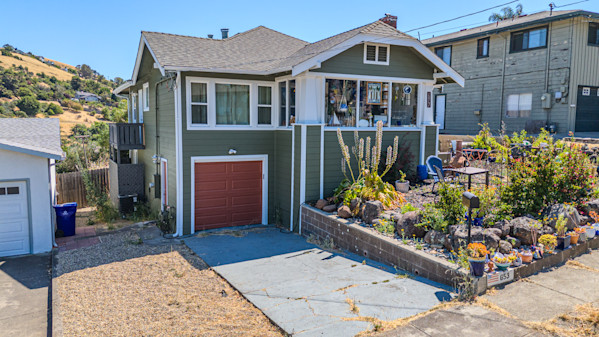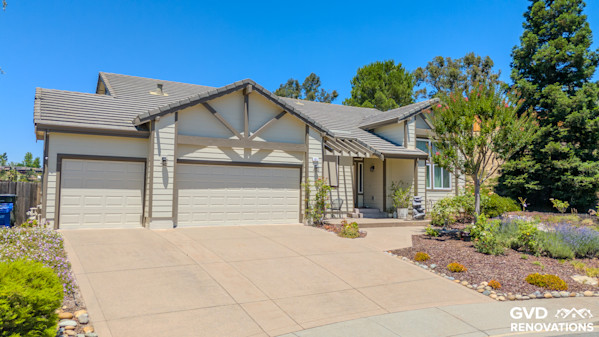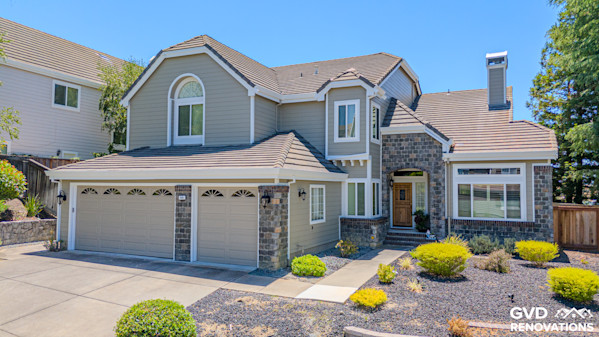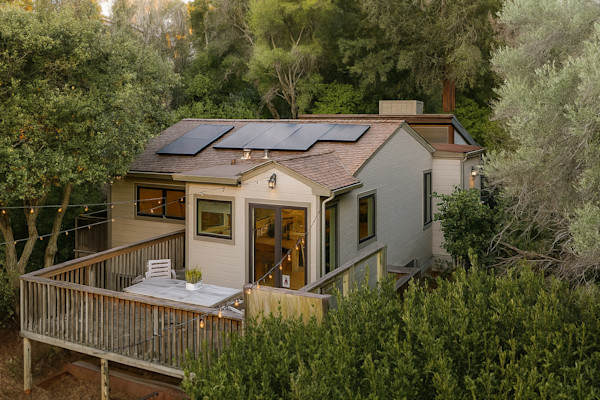For Homeowners Associations (HOAs), maintaining the exterior of a community is more than just a matter of curb appeal—it’s about protecting property values, ensuring resident satisfaction, and staying ahead of costly structural problems. One of the most visible and essential components of any residential building’s exterior is its siding.
But how do you know when it’s time for an HOA to consider siding replacement across a community?
At GVD Renovations & Remodeling, we’ve helped numerous HOAs in Northern California—especially in the Bay Area, Sacramento, and beyond—make smart, well-timed decisions about siding replacement. In this blog, we’ll walk you through the key signs your HOA should be watching for, as well as insights on timing, materials, budgeting, and planning for a successful community-wide upgrade.
Why Siding Replacement Matters for HOAs
Siding does more than make a building look good. It acts as a protective shield against wind, rain, UV rays, and pests. When siding begins to fail, it can lead to serious problems like:
-
Water damage and mold infiltration
-
Higher utility bills due to poor insulation
-
Structural deterioration
-
Reduced property value
-
HOA liability for unsafe or deteriorating conditions
By understanding when to act, an HOA can avoid emergency repairs, minimize disruption for residents, and keep the community looking its best.
1. Visible Signs of Deterioration
One of the most obvious indicators that siding needs to be replaced is visible damage. During regular property inspections or walkthroughs, your board members or property manager should look for:
-
Cracks, holes, or splits in the siding panels
-
Warping or buckling boards
-
Loose or missing sections
-
Rotting wood or crumbling material
-
Faded, chalky, or peeling paint
These are not just aesthetic issues—they’re red flags for underlying problems like moisture damage, UV degradation, or even pest intrusion.
💡 Pro Tip: Even a small amount of visible damage in multiple buildings can be a sign that the material is reaching the end of its lifecycle across the community.
2. Frequent Repairs Are Becoming the Norm
Are you noticing that the HOA is spending more money every year on patchwork siding repairs?
While occasional touch-ups are normal, consistent repair bills can quickly add up—and they often mask deeper problems. If your HOA is:
-
Repainting the same walls more frequently
-
Paying for repeated siding patches
-
Dealing with recurring moisture or pest issues
…it may be time to stop sinking money into temporary fixes and consider a full replacement. A well-planned siding replacement project will be more cost-effective in the long run and will bring long-lasting protection and value.
3. Moisture Intrusion & Mold
Moisture is one of the most serious threats to a building’s integrity. If siding is damaged or poorly installed, water can seep in, leading to:
-
Swollen or soft siding panels
-
Mold or mildew on interior walls
-
Musty odors inside units
-
Water stains or bubbling paint
Left unaddressed, moisture problems can lead to expensive interior repairs and liability issues for the HOA. Modern siding products like James Hardie fiber cement siding offer far better resistance to moisture and are a wise investment for long-term protection.
4. Increased Utility Bills & Poor Insulation
If residents are complaining about drafty units or higher-than-normal energy bills, the exterior envelope of the building—including the siding—may be part of the problem.
Older siding materials often lack sufficient insulation or may have degraded over time. Replacing your siding with energy-efficient options like insulated vinyl siding or installing a weather barrier system can:
-
Reduce heating and cooling costs
-
Improve indoor comfort
-
Support energy efficiency initiatives within your HOA
Many new siding systems can be paired with rigid foam insulation panels or house wrap barriers to boost performance even further.
5. Age of the Existing Siding
Even the most durable siding has a shelf life. Here’s a general guide:
| Siding Type | Average Lifespan |
|---|---|
| Wood Siding | 20–30 years |
| Vinyl Siding | 20–40 years |
| Stucco (with care) | 30–50 years |
| Fiber Cement Siding | 40–50+ years |
| Aluminum Siding | 30–50 years |
If your community’s siding is approaching or has exceeded these limits, start planning now. It’s far better to be proactive and avoid being caught off guard by sudden failures or rising maintenance costs.
6. Poor Curb Appeal or Outdated Design
HOAs are responsible for preserving the visual character and appeal of the community. Outdated, mismatched, or faded siding can:
-
Drag down property values
-
Make resale or renting harder
-
Discourage new buyers or tenants
A full siding replacement offers the chance to modernize the look of the buildings, increase visual consistency, and boost the overall appeal of the community. Materials like James Hardie ColorPlus Technology siding offer vibrant, lasting colors that don’t fade over time—perfect for HOAs that want low-maintenance beauty.
7. Pest Damage or Infestation
Termites, carpenter ants, woodpeckers, and other pests love to exploit soft or rotted siding. Warning signs include:
-
Small holes or tunnels in the siding
-
Sawdust piles at the base of walls
-
Clicking or chewing noises
-
Siding that feels hollow or soft to the touch
If pests have found their way into the walls, replacing the siding—and potentially the underlying sheathing—is often the only way to fully resolve the issue and protect your buildings moving forward.
8. Insurance & Safety Compliance
Siding issues aren’t just cosmetic—they can turn into insurance liabilities or code violations. Failing siding may:
-
Violate local safety codes
-
Increase HOA insurance premiums
-
Reduce your ability to secure claims or financing
-
Lead to fines if not properly addressed
A well-documented, professional siding replacement project can protect the HOA’s legal and financial standing, and create peace of mind for all board members.
Planning a Siding Replacement Project as an HOA
Once you recognize the signs, the next step is building a plan. Here’s how GVD Renovations & Remodeling helps HOAs through the process:
✅ Initial Consultation & Inspection
We perform an on-site walkthrough of the buildings, identifying all areas of concern and providing a clear, honest assessment.
✅ Budgeting & Financing Support
We’ll help you plan the financial side—including phased projects, material comparisons, and even financing options tailored to HOA needs.
✅ Product Selection & Design Guidance
Choose from top-performing, HOA-approved siding products like:
-
James Hardie fiber cement siding
-
CraneBoard insulated vinyl siding
-
LP SmartSide engineered wood siding
-
Vertical, lap, or shingle-style panels
Our team will help you match or modernize your community’s aesthetic with beautiful, durable options.
✅ Resident Communication
We’ll assist with developing a timeline and communication plan to minimize disruption for residents and maintain transparency throughout the project.
✅ Professional Installation
Our crews are trained, licensed, and experienced in working with HOA boards, property managers, and large-scale multi-unit properties.
Common Questions HOA Boards Ask About Siding Replacement
Q: How often should an HOA inspect siding?
At minimum, conduct a visual inspection annually, and a more detailed exterior assessment every 3–5 years. Watch for signs of wear, damage, and moisture.
Q: Can we replace siding in phases?
Yes! Many HOAs choose to stage the replacement by building, section, or priority level. We can work with your budget and help prioritize the most urgent areas first.
Q: Will residents need to vacate their homes?
No. Our siding replacement process is designed to be non-invasive. We coordinate closely with property managers to ensure safe access and minimal interruption.
Q: Is HOA approval needed for design changes?
Yes. Any color, material, or design changes usually require a board vote and may need approval from an architectural review committee or even city permits. We can help guide you through that.
Why Choose GVD Renovations for HOA Siding Projects?
We’re not just general contractors—we’re exterior remodeling specialists with extensive experience serving HOAs, multifamily properties, and residential communities throughout Northern California.
With GVD Renovations, you get:
-
Licensed, bonded, and insured crews
-
Transparent proposals and detailed inspections
-
Direct communication with board members and property managers
-
Access to premium materials from top manufacturers
-
Commitment to timeliness, cleanliness, and resident respect
We understand the complexity of HOA projects and work hard to make the process smooth, efficient, and stress-free from start to finish.
Final Thoughts: Be Proactive, Not Reactive
Siding replacement is a major investment—but the cost of ignoring the warning signs can be far greater.
By watching for the signs of aging, damage, or poor performance, your HOA can:
-
Protect residents and property value
-
Reduce long-term maintenance expenses
-
Improve community appearance and reputation
-
Stay compliant with building codes and insurance requirements
When you're ready to explore siding replacement for your HOA, reach out to the team at GVD Renovations & Remodeling. We're here to answer your questions, provide expert insights, and help you plan a project that meets your community’s needs and budget.
📞 Get a Free HOA Siding Inspection Today
Think your HOA community might be due for a siding upgrade? Contact GVD Renovations today to schedule a free siding evaluation and expert consultation. Our team is ready to help you protect your property, enhance your curb appeal, and deliver a solution your board (and your residents) will love.
This article is for general information only and not professional advice. Always consult a licensed contractor before making project decisions. Product details, specifications, or warranties may have changed since publication. Brand and product mentions reflect opinion, not endorsements or guarantees.
Tags: homeowners association, siding replacement, exterior maintenance, hoa,
